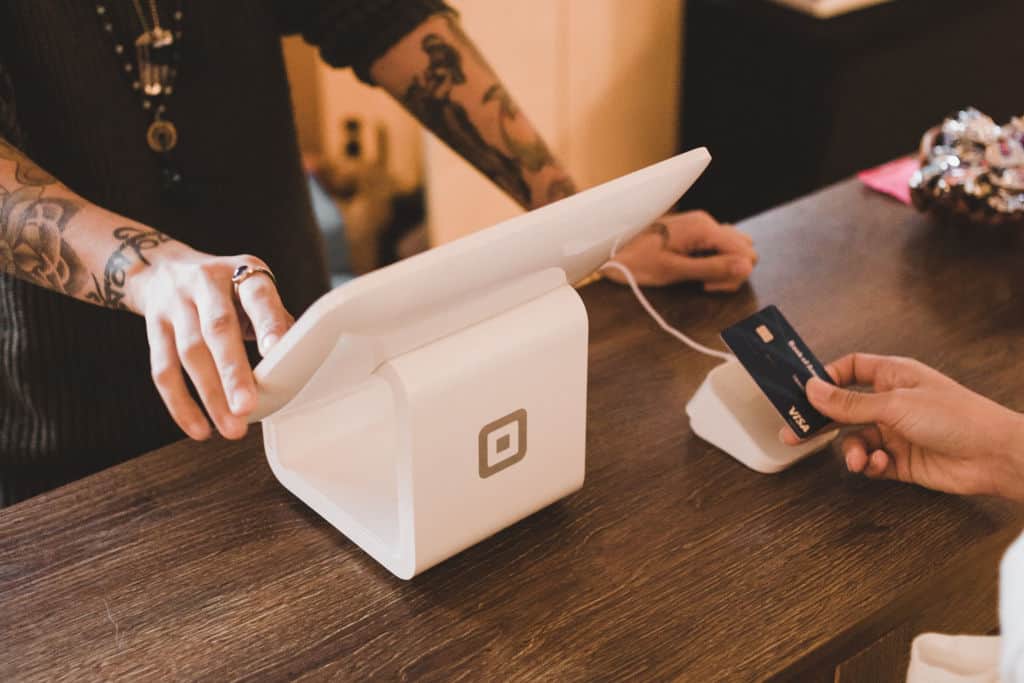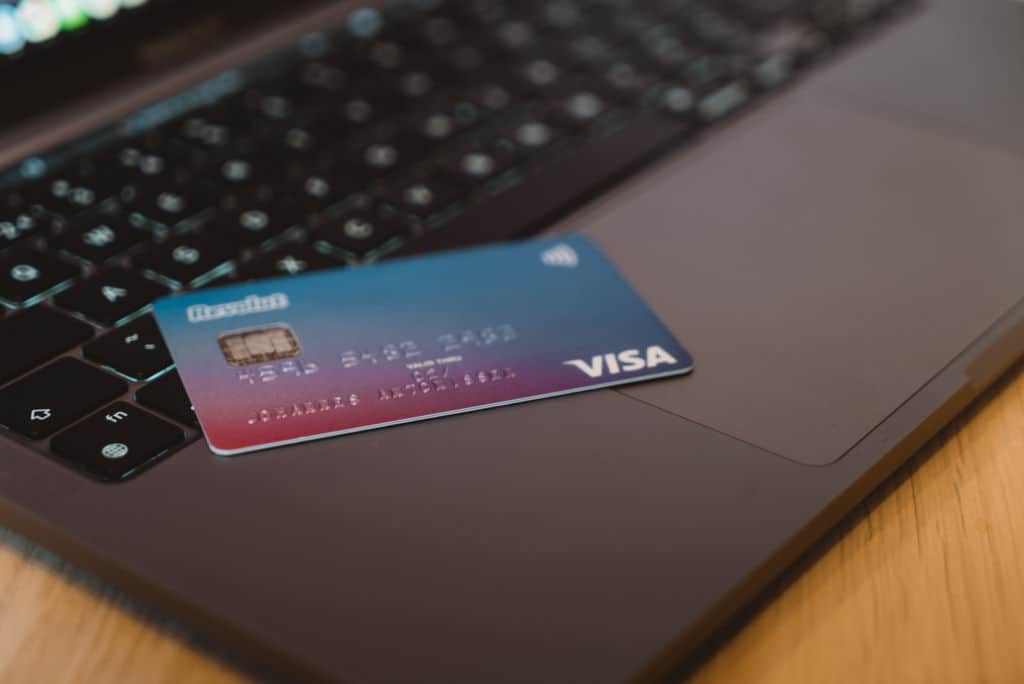Why does it take 5 days to refund you, but payments are instant? But, are they instant? Is there some kind of a conspiracy from the banks to hold your money for long? Here’s what’s going on when it comes to refunding times.
For the most part, it’s simply because the credit system takes a few days to process the refund transaction. Charges seem instant because of authorizations, and neither refunds nor purchases are instant, but take time to finish (to post).
They may seem instant, but purchases aren’t usually instant in the US for buying with a credit card or debit card.
They only seem instant from your end, but you’re not seeing the middle of the merchant’s end. So for the most part, since refunds are just purchases in reverse, it takes time for the entire process to finish. Therefore, when you reverse the process, it takes just as long.

Why Do Refunds Take So Long to Process?
While technological advancements continue to speed up many financial processes, the checks and balances involved in ensuring the secure handling of our money mean that the ACH transfer system used for refunds has not seen the same rapid acceleration. So, even in our fast-paced digital world, the 3-5 days wait for refunds remains a security measure
Many purchases take several days to finish, even though you may be seeing instant charges on your end. This is because most refunds take at least 2 business days to finish, and most purchases do, too. In this article, we’ll explore some reasons why refunds may take longer than expected.
Authorization and Pending Transactions
The credit/debit system is designed in such a way that charges are “instant” because of authorizations.
For example, when you use your credit card to buy something online, the website may put a hold on your card for the amount of the purchase. This hold is an authorization, which shows that you have the funds available to make the purchase. However, the actual charge may not go through until a few days later, when the merchant processes the transaction.
Authorization is a courtesy to show you how much you owe in pending transactions and to help prevent you from overdrawing your account. Your issuing bank (the bank you have your credit or debit card with) only earmarks the funds in your account.
It usually takes time for the receiver of the payment to get the money. This is when the transaction is pending. The merchant gives you the stuff when they get the authorization, but they may not get the money for several days.
Another reason to the delay lies in the bank’s reconciliation processes. Banks not only need to validate incoming refunds against original charges, but they also must prioritize transactions for anti-fraud measures. These processes, combined, stretch the refund duration to those familiar 3-5 days.
Refunds in Reverse
When you do a refund, the flow is reversed.
For example, if you buy a shirt online and then decide to return it, the merchant has to issue a refund. The refund request goes to their bank, which then sends it to your bank. This process can take time, especially if there are any issues with the transaction.
You simply wait for the ACH transfer batches to complete, which usually happens daily.
Furthermore, from a bank’s perspective, every transaction, be it a purchase or refund, carries a potential risk factor. A deliberate delay allows the system to account for, identify, and rectify any discrepancies, protecting both the customer and the bank.
ACH stands for Automated Clearing House, which is an electronic network for financial transactions in the United States. When you request a refund, the merchant has to send a request to their bank, who will then send it to your bank. This process can take time, especially if there are any issues with the transaction.
The Float Theory
There is another theory why refunds take so long, and that’s because of the “float”, or the floated money, which some financial institutions may take advantage of. This means that the interest is earned on your “floated money” during the refund delay.
For example, if you have a checking account that pays interest, your bank may use the funds from your account to make loans or investments while they are waiting for a refund to process. This can earn them extra money, but it can also delay your refund.
This theory states that some financial institutions (such as banks, payment card issuers, etc) will wait until the last possible hour to refund you, so they can profit via lending against that money. Banks make most of their money lending against the money you have in the account. Your money is their collateral. So it would make sense for them to do this.
Interestingly, while this delay can be frustrating to the individual, it’s this very float system that often allows banks to offer services like free checking accounts or other perks.
However, this theory is complex and not always true. It’s important to use critical thinking when dealing with these issues and educate yourself financially. If you lack critical thinking skills, acquire them immediately with this book.
How Does a Refund on a Credit Card Work?
The credit card system in the US is designed to give the appearance that purchases are instant because of authorizations. But here is the credit card refund process:
- The customer requests a refund. The merchant’s bank requests a refund transaction from the bank.
- The bank checks with the merchant’s bank to make sure they have the funds and puts a hold on the amount.
- The customer’s bank has to settle the transaction. This is usually done in batches once a day by the payment processor. They settle at least once a day.
- Settlement takes up to 72 hours to process. Once the funds are sent from the merchant’s bank to the customer’s bank, the settlement appears on the merchant’s bank account, the funds are withdrawn, and the authorization is canceled.
- The customer’s bank updates the customer’s account to show that the funds have been received. This can take up to 24 hours.
- It’s been 2-5 days, and everyone has their money now. The refund is complete.
This is usually called the ACH (automated clearing house) transfer process, on which you have to wait to finish.
Refund on a debit card works similar to the refund process for the credit card, illustrated above. When you pay for an item, the card company fronts the money to the merchant while they want to get the money from your bank.
When there is a refund, the process is reversed and nothing is done to make the process look faster. During a refund, all of the parties wait for the money to complete the ACH transfer process before the balance shows anywhere in your balance.
Did you know that the interchange fees, which merchants pay to card networks for processing transactions, are usually non-refundable? This can influence a merchant’s eagerness to process refunds and could play a role in refund delays from their end.
However, while debit and credit cards use the same end-user interface, their back-ends can be very different.

Common Reasons for Delays in Processing Refunds
Here’s a list of common reasons for delays in processing refunds:
- Merchant policies: Refund processing times can vary based on the merchant’s policy.
- Payment methods: Refunds may take longer for certain payment methods, such as credit cards.
- Incorrect information: Ensure all refund information is accurate to avoid delays.
- Technical issues: System glitches or connectivity problems can cause processing delays.
- High volume of requests: A high volume of refund requests can slow down processing times.
How Long Should a Refund Take by Law
For purchases done by credit and debit cards in retail, companies are usually required to issue a refund within 20 to 30 days, by law.
All retailers must have refund policies clearly presented, and if they do not refund, then also a no-refund policy.
Is refund a legal right?
Refunds are not a guaranteed legal right in the US, but stores are required to clearly display their return policies. If a store violates this law, you may be able to get a refund depending on the state’s laws (e.g. 30 days in California).
For most purchases, refunds depend on the merchant’s policies, and it’s not illegal for a company to not offer a refund. Usually, you’ll have to demand a refund within 30 to 60 days and a chargeback even up to 120 days for some credit cards.
If someone used your card without your consent, you could always demand a chargeback, as the law protects you from unlawful purchases and credit card fraud. The Fair Credit Billing Act (FCBA) protects you against this.
Tip:
How Long Can a Company Legally Hold a Refund?
Companies are not required by federal law to issue refunds within a specific time frame, but the Federal Trade Commission (FTC) recommends that companies issue refunds within 7 days, and the Better Business Bureau (BBB) suggests that companies issue refunds within 14 days.
Some states have laws that require companies to issue refunds within a certain time frame. For example, California law requires refunds to be issued within 7 days for electronic payment and within 30 days for other payment methods.
Banks may hold funds for security reasons but must follow legal procedures and provide a reason. Check a company’s policy for processing times, and note that some policies may be longer.
What Is a Refund Agreement or Refund Policy?
A Refund Policy is there simply to inform the consumers whether the retailer, a merchant, or a financial institution offer refunds or returns. If there is a no-refund policy, then refunds are not required by law.
Consumer law return policy in the USA must only inform the consumer whether refunds and returns are accepted or not. If there is a no-refund policy, then then you may not be able (by law) to return or request a refund.
You can check your rights and law by state in regards to return and refund policies in retail. Here are the links to some of the larger states regarding refund laws:
Steps You Can Take To Expedite the Refund Process
Here are some steps you can take to expedite the refund process:
- Provide accurate information. Ensure that all refund information is accurate, including your account number, billing address, and payment method. Providing correct information can help prevent delays in processing.
- Follow up with the merchant. If you haven’t received your refund within the expected time frame, follow up with the merchant to inquire about the status of the refund. Be sure to have your proof of purchase and other relevant information on hand.
- Contact your payment processor. If you used a credit card or other payment method, contact the payment processor to inquire about the status of the refund. They may be able to provide additional information or expedite the refund.
- Consider a chargeback. If you’re unable to obtain a refund through the merchant or payment processor, you may want to consider initiating a chargeback with your bank or credit card issuer. Be sure to follow the proper procedures and provide all necessary documentation to support your claim.
By following these steps, you can help expedite the refund process and ensure that you receive your refund as quickly as possible.
What is Visa Refund Policy?
Visa has a Return Protection policy that will reimburse you for the cost of an item within 90 days of the purchase date if you are not satisfied with it, and the retailer won’t allow it to be returned.
All valid cardholders of Visa in the United States are eligible for this refund, however, there is a limit of $300 per item, and a maximum of $1,000 per account.

FAQs
Do You Get Sales Tax Back on Returns?
If you have a receipt, you can typically get a sales tax refund when returning an item. However, some states have laws that don’t allow this, and some companies require a receipt for returns.
Why Do Amazon Refunds Take So Long?
Amazon refunds can take a long time because Amazon won’t process your refund until they have received your item. To refund, you need to ship the item back to Amazon, then they will start processing the refund. This is why it can take so long, however, some issuers can have policies that will prolong this period.
Amazon Refunds usually take 3 to 5 business days for a credit card and up to 10 business days for a debit card. For some prepaid cards, it can take up to 30 days.
Why Do PayPal Refunds Take So Long?
PayPal refunds can take so long because of unusual circumstances, and generally, the refunds should be completed in under a week. So if there is some delay, it is mostly because PayPal is waiting on a merchant. You may want to contact the merchant to speed things up.
Usually, PayPal is fast when it comes to refunds, and most of the delay is on the payment method’s side, not PayPal. There is not much that PayPal can do to speed it up.
Why Do Steam Refunds Take So Long?
Steam refunds may get delayed because of international payment methods. Another reason may be that Steam is considering your case on a case-by-case basis, because you may have surpassed two hours of playing, or 2 weeks since the purchase, which is the requirement.
Refunds from Steam are usually pretty fast, from a few hours to 3-4 days. Worst case scenario it’s 7 days.





